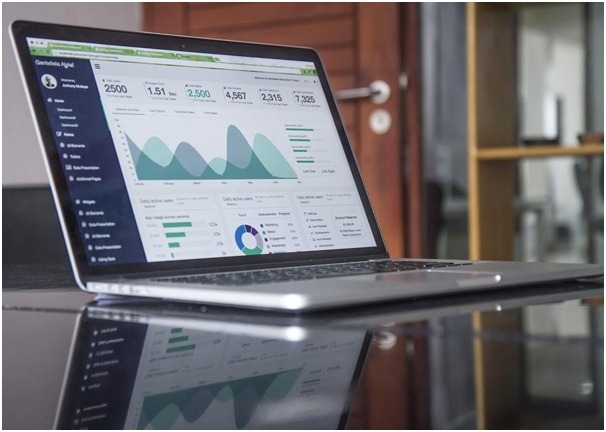As more companies take advantage of the digital world, businesses are recognizing the benefit of keeping their development process linked through technology rather than relying on physical prototypes. This is thanks to digital twin technology.
Digital twins are a digital form of a physical product or process that can be evaluated and manipulated based on analysis. This has become very beneficial to businesses in maintaining their practices while gaining insight into what customers and creators alike are seeking. Here are just some of the benefits of this digital innovation.
Cost-Friendly Production
Perhaps the benefit that most businesses truly appreciate about using a digital twin is the savings they see from these strategic technology trends. The process of taking a product from the drawing board to the showroom is pricy. Think about the steps that go into product design alone. Having to make the physical product with each reform that is made to a prototype is a time-consuming process, taking up tons of manpower and resources for each iteration. Digital twins give engineers the ability to test and simulate products through virtual models.
It’s much more cost-effective to correct errors through various environmental conditions in simulation rather than going through several turnarounds of the manufacturing process to get a prototype just right. With digital twins, businesses reduce defects to simulate the product. It’s a much more cost-effective method than a real one.
Manufacturers will utilize a digital twin application to eliminate all possible risks in the output to ensure the physical product functions as intended when it’s brought into the marketplace. This gives companies a competitive advantage by getting to the shelves first.
Quick Time-to-Market Turnaround
With a digital twin approach, businesses are able to get through computer simulations of their product before getting a physical manifestation on the product line. The entire lifecycle of a product goes through all of its improvements for efficiency while still a virtual model. The time to develop a product is quicker thanks to real-time analyses on how a product is constructed and ends up building a better business value by getting to the top of the market first.
This can benefit many sectors, such as the automobile industry to be able to get a newer model of a top-selling vehicle out to drivers. Data scientists will look into historical data from the past years to understand the likes and dislikes of the car, adjusting accordingly to create an automobile that satisfies current customers but brings in new ones as well. The concept of a digital twin is also used in retail to allow consumers to now try on clothes from afar, replicating their look in a built environment to determine the right products for them.
Predictive Maintenance
Digital twins also companies to anticipate problems and provide solutions in advance, which is known as predictive maintenance. Remote copies are constantly monitoring their physical counterparts, gathering a range of data sets via sensors. This data is analyzed in real-time, checking for any downtime or breakdowns that could be imminent and resolving the issue before it happens. Human operators use the information they receive and address the subject immediately.
This use of artificial intelligence has helped some companies to avoid imminent problems before they even happen. For example, digital twin technology has actually become crucial in the oil and gas industry to control pipelines and monitor massive gas turbines. Thousands of tests are conducted through the digital twin process. Machine learning and AI are largely autonomous, making way for systems to self-diagnose and self-repair issues if they arise. Correcting this through virtual information is a cost-effective method to manage these real-world systems.



